The Shropshire Union Canal: Thomas Telford's engineering marvel and enduring legacy
Thomas Telford's great legacy is the Shropshire Union Canal, a feat of engineering and a delight to walk beside. Fiona Reynolds took a stroll along it.

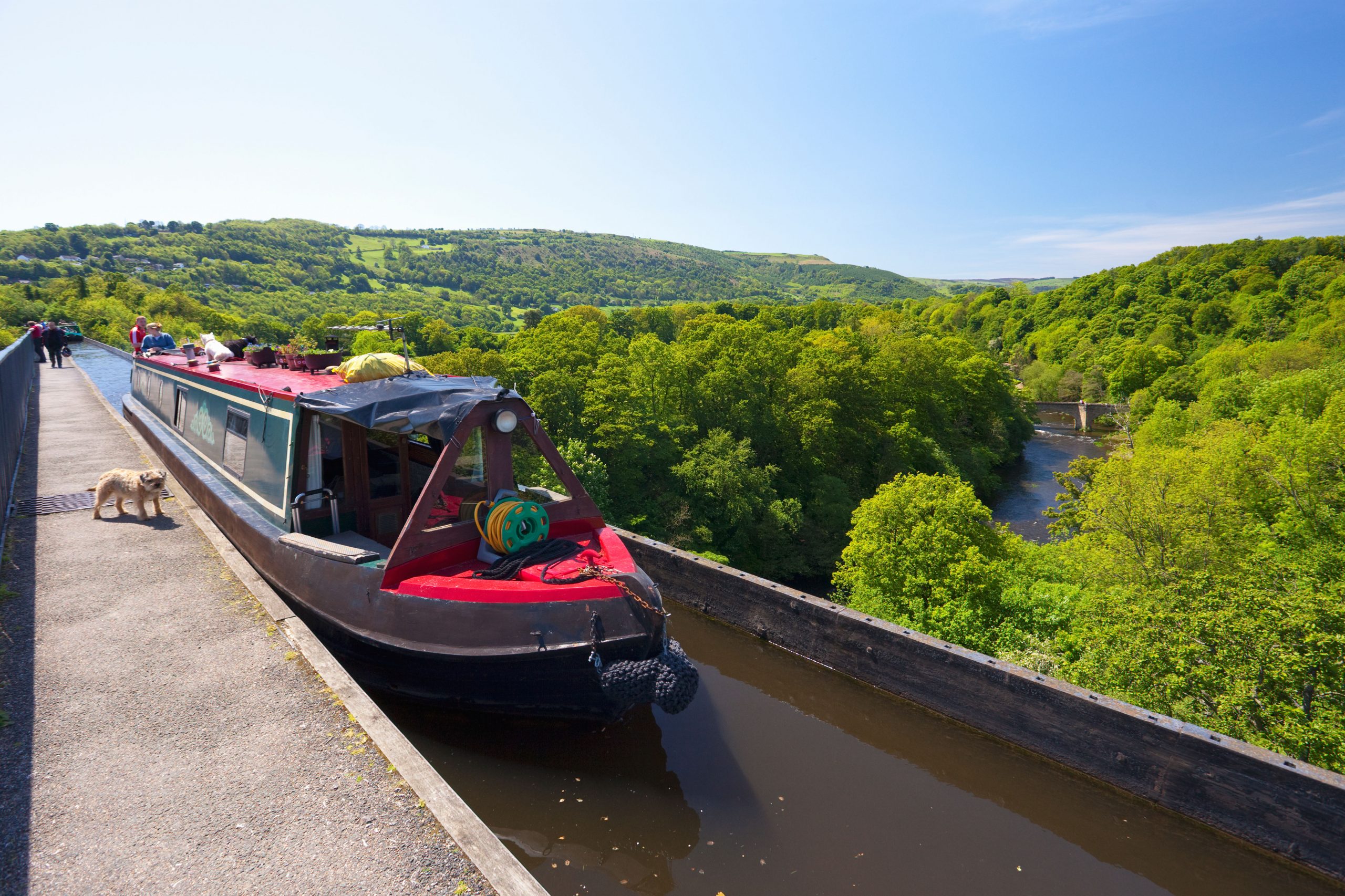
The great canal-building age of Britain left a legacy we all enjoy. We trundle happily along these quiet waterways by narrowboat, foot or bicycle, scarcely appreciating their tempestuous history and miraculous survival.
My walk (a nice long one) is along the Shropshire Union Canal, which stretches from the industrial West Midlands to the River Dee. Everything is idyllic — sunshine, mounds of hawthorn blossom, flowering webs of cow parsley, sitting swans and bundles of newly hatched ducklings, skidding giddily on the water’s surface — but only as I walk do I appreciate the complexity of the canal’s construction and its chequered history.
I start at Wolverhampton station, a confused mass of buildings and roads above the calm, deep water of the canal. I’ll finish at Shebdon on the Staffordshire/Shropshire border, where my daughter lives and where, after 21 miles, I think I’ll be done.
It takes a while to navigate from the station to the canalside, skirting roundabouts and negotiating a vast main road, but, once there, I enter another world of charming canal cottages, beautiful brick setts marked with the scrape of horses’ hooves, and an elegant flight of 21 locks down to Aldersley Junction, where the Birmingham Canal meets the Staffordshire & Worcestershire. It’s an extraordinary feeling, walking below huge railway arches and modern roads, gazing at the backs of factory buildings, yet surrounded by wildlife and detached from the hustle of the city. It’s beautiful.
At Aldersley, I walk the short distance to Autherley Junction, where the Shropshire Union Canal branches west with a big sign saying ‘Chester’. I’m out of the city almost immediately and into the fresh green, gold and blossom-flecked world that will characterise my day. The canal is now wider, with trees arching above old stone bridges, numbered from Autherley.
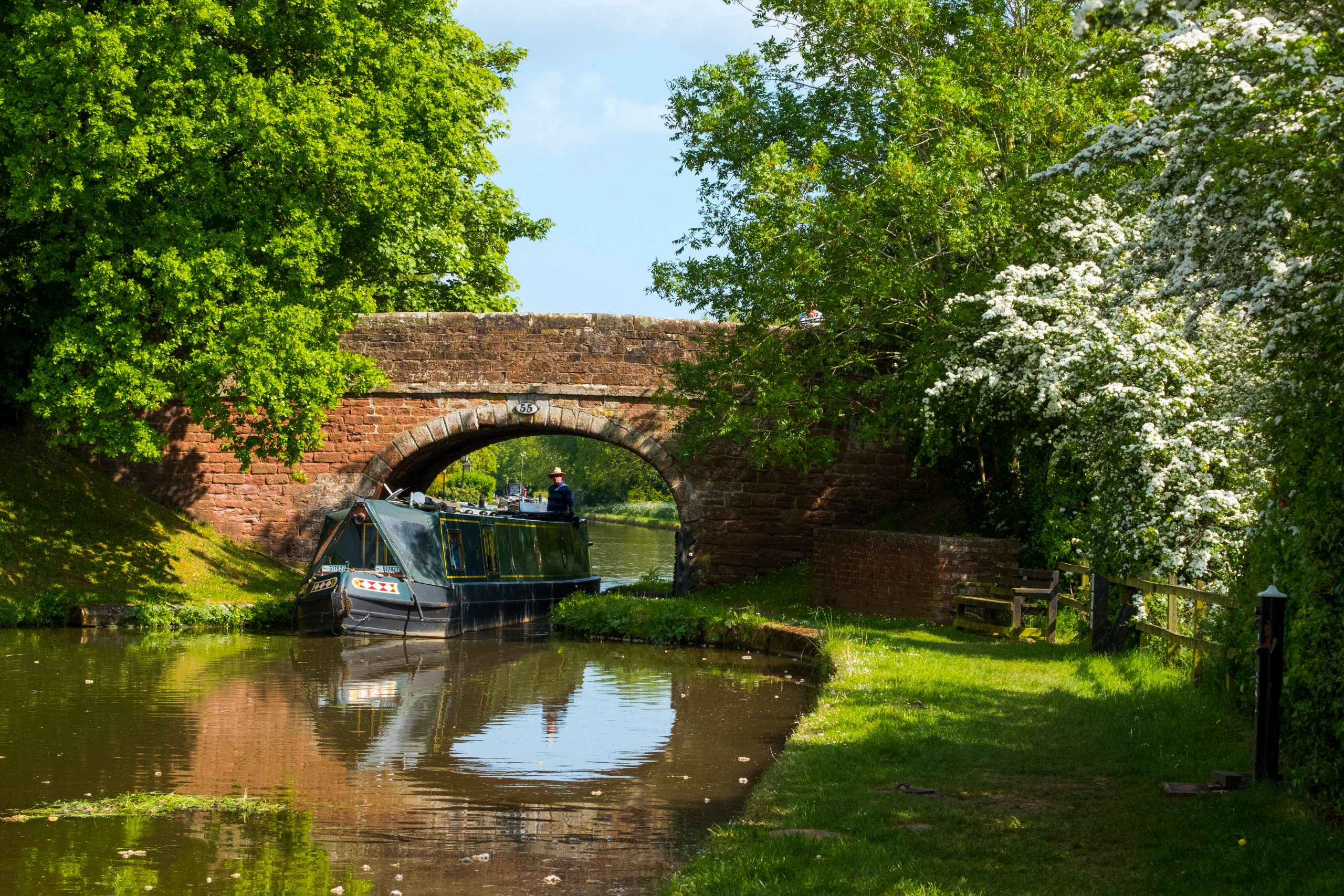
I make progress astonishingly quickly. I’m soon past Codsall and under the M54 (a horrid modern bridge). Mostly, I’m alone, with only an occasional narrowboat for company, but, at intervals, there are mooring sites and, at Brewood, a pub that brings people to the canal. Pressing on, I cross the A5 on an elevated aqueduct with impressive pillars, designed in 1832 by the great engineer Thomas Telford, who had more than a hand in both the canal and the A5.
The canal had a convoluted history, with the Ellesmere end finished in the 1790s to great commercial success. However, by the time the rest was ready to be built, in the 1830s, railways were already threatening its viability. Telford cleverly engineered it so that, for great stretches, it needed no locks, driving like a railway through cuttings and on embankments. It was difficult to construct, with landslips causing repeated problems, and Telford did not live to see it open.
Exquisite houses, the beauty of Nature, and how to get the most from your life, straight to your inbox.
Within 10 years, competition forced a plan to convert much of the canal into a railway, but, somehow, it survived, carrying coal, iron, timber, milk and grain in and out of the West Midlands, vying with the railways until the First World War brought business crashing to a halt. Commercial traffic ceased, the canal deteriorated, and its future was only secured when it was finally classified as a cruising waterway in 1968.
North of the A5 is a long stretch past Wheaton Aston (providing a welcome pub stop) to Gnosall Heath. I count the bridges and iron milestones that mark my progress towards Nantwich. I know my destination isn’t far beyond Norbury Junction and it’s this stretch, from Norbury to Shebdon, where the most spectacular evidence of Telford’s ingenuity can be seen. The canal veers from being high on a vast embankment to plunging deep into a cutting with a fantastic double-height bridge (no 39).
When I reach Shebdon I’m tired, but exhilarated by the beauty of the day and the achievement of long-distance walking. Thank goodness for those with the foresight to hang on to our canals when their original purpose fell away; we almost don’t deserve the joy they bring.
Fiona Reynolds is the author of ‘The Fight for Beauty’ and chair of the Royal Agricultural University governing council

A walk through Badley Woods: 'My memory, is on fire, and I wander through the woods looking for places half-remembered, but intensely felt'
A return to scenes from a carefree childhood rekindles happy memories for Fiona Reynolds.
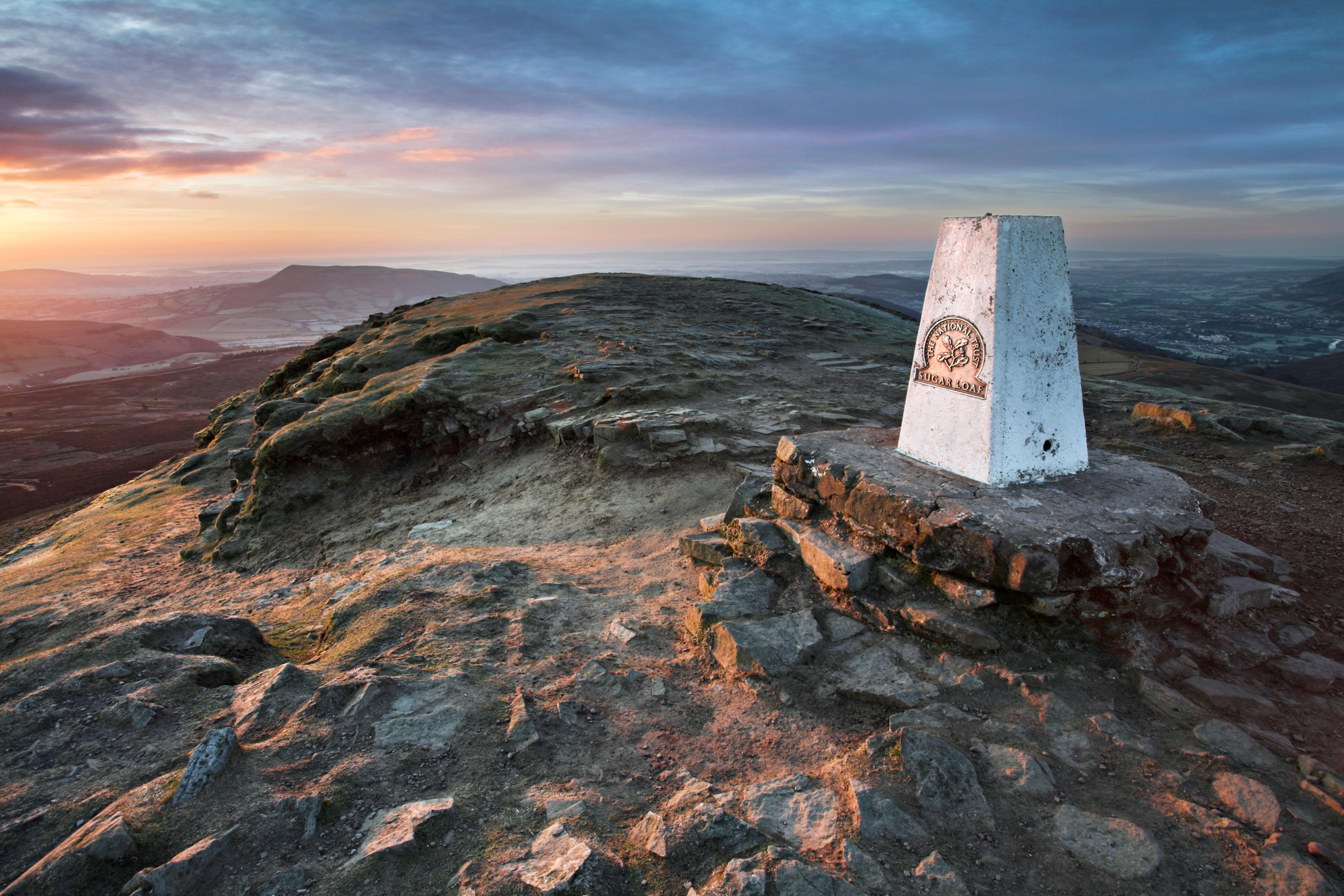
Climbing the Sugar Loaf, the irresistibly perfect mountain in a ‘wild and lovely’ setting
The Sugar Loaf in Wales’s Black Mountains is a satisfying little peak to conquer, as Fiona Reynolds explains.

The 18th century canal tunnel that was a miracle of engineering, now reclaimed by Nature
The coronavirus put an end to Fiona Reynolds’ big walking adventures, but a local round along a Cotswold canal proved
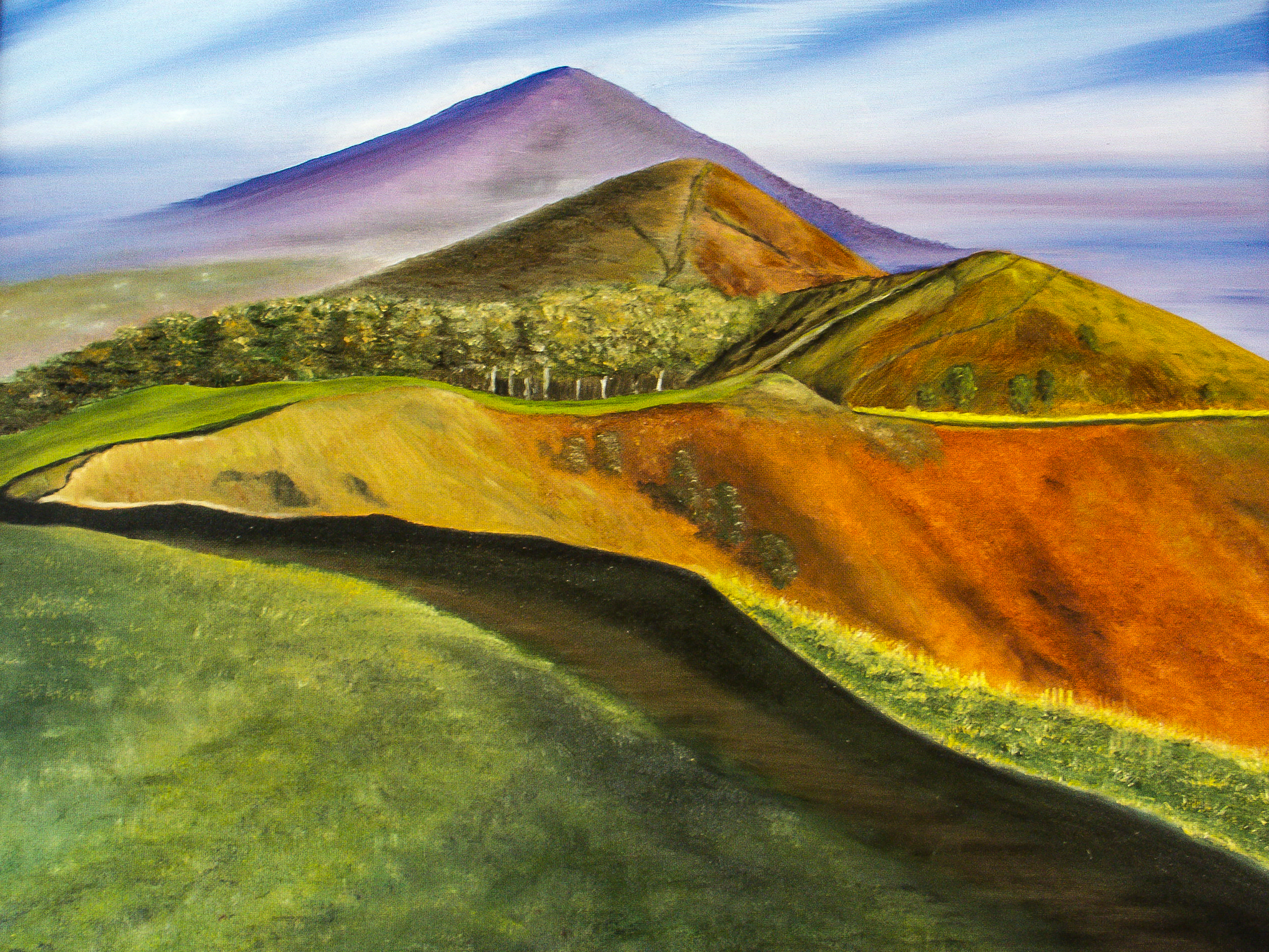
Fiona Reynolds: 'In bright sunshine and strong wind, it’s exhilarating to look down on the roofs of Great Malvern''
Elgar’s music resonates all over the Malverns as Fiona Reynolds revels in a walk to the Worcestershire Beacon.
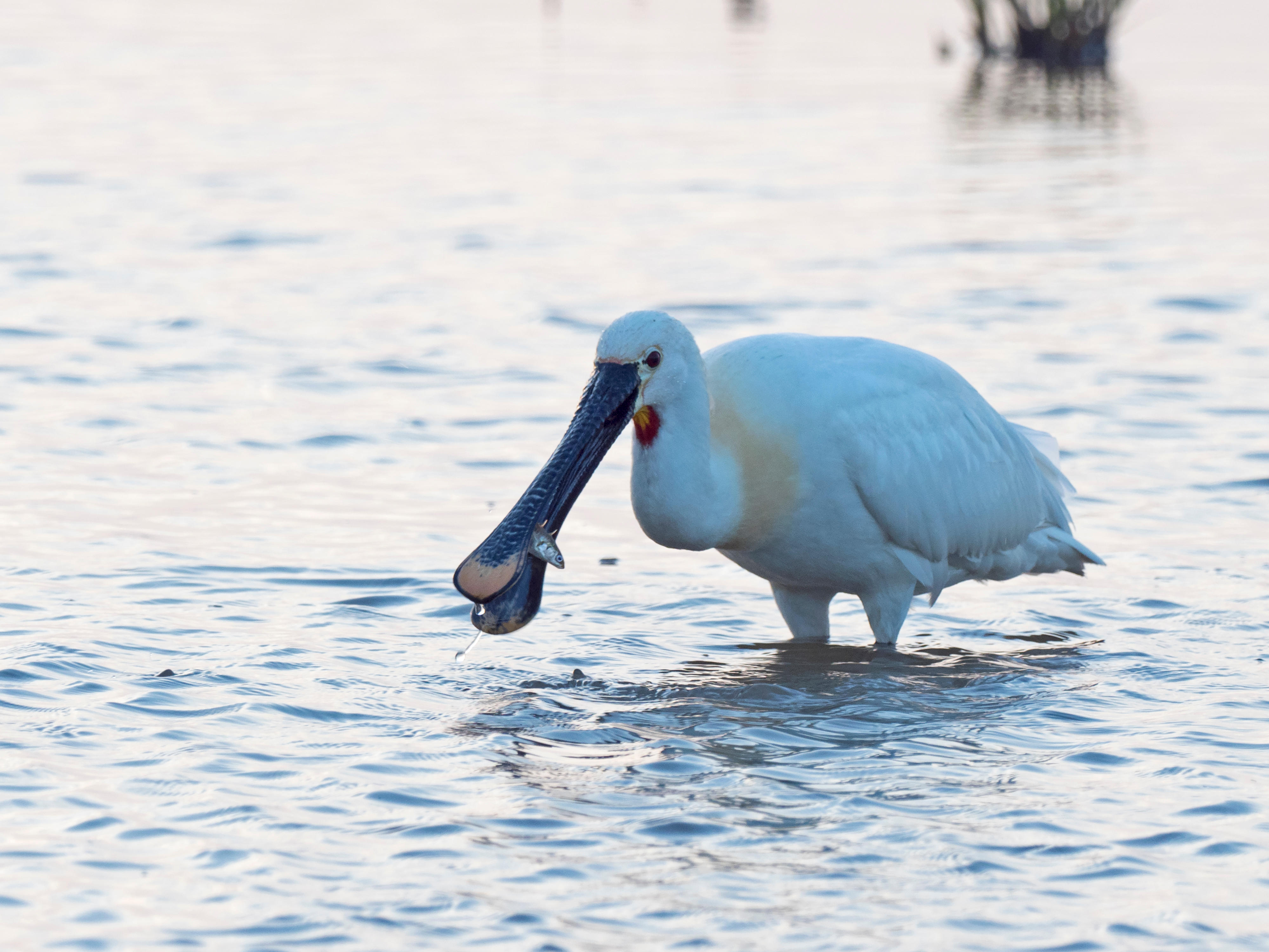
Tracking the Norfolk spoonbills: 'We’ve hardly walked a mile before a string of three white birds flies towards us'
Fiona Reynolds visits the wilds of Norfolk to find spoonbills — and discovers a remarkable conservation success story.
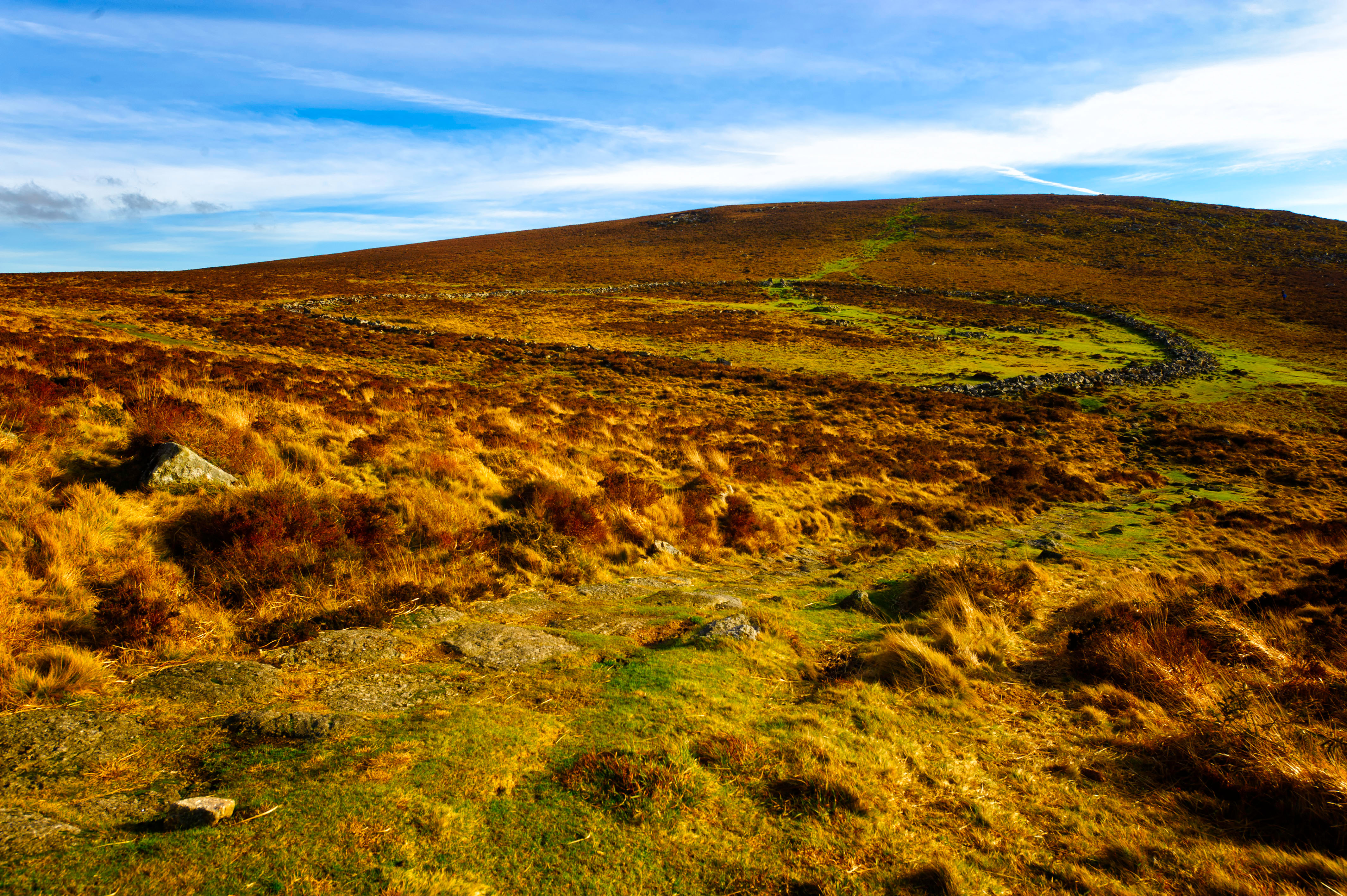
Walking on Dartmoor: 'Ponies, sheep and cattle have created an extraordinary upland landscape, but there’s now fear among the commoners'
The people who manage the evocative Dartmoor landscape are facing challenges, says Fiona Reynolds.

Fiona Reynolds: A walk on the Suffolk coast that brings home the true horror of the new plans for Sizewell
A few months after writing about a development at Otmoor, Fiona Reynolds visits the beautiful Suffolk coast — and can't
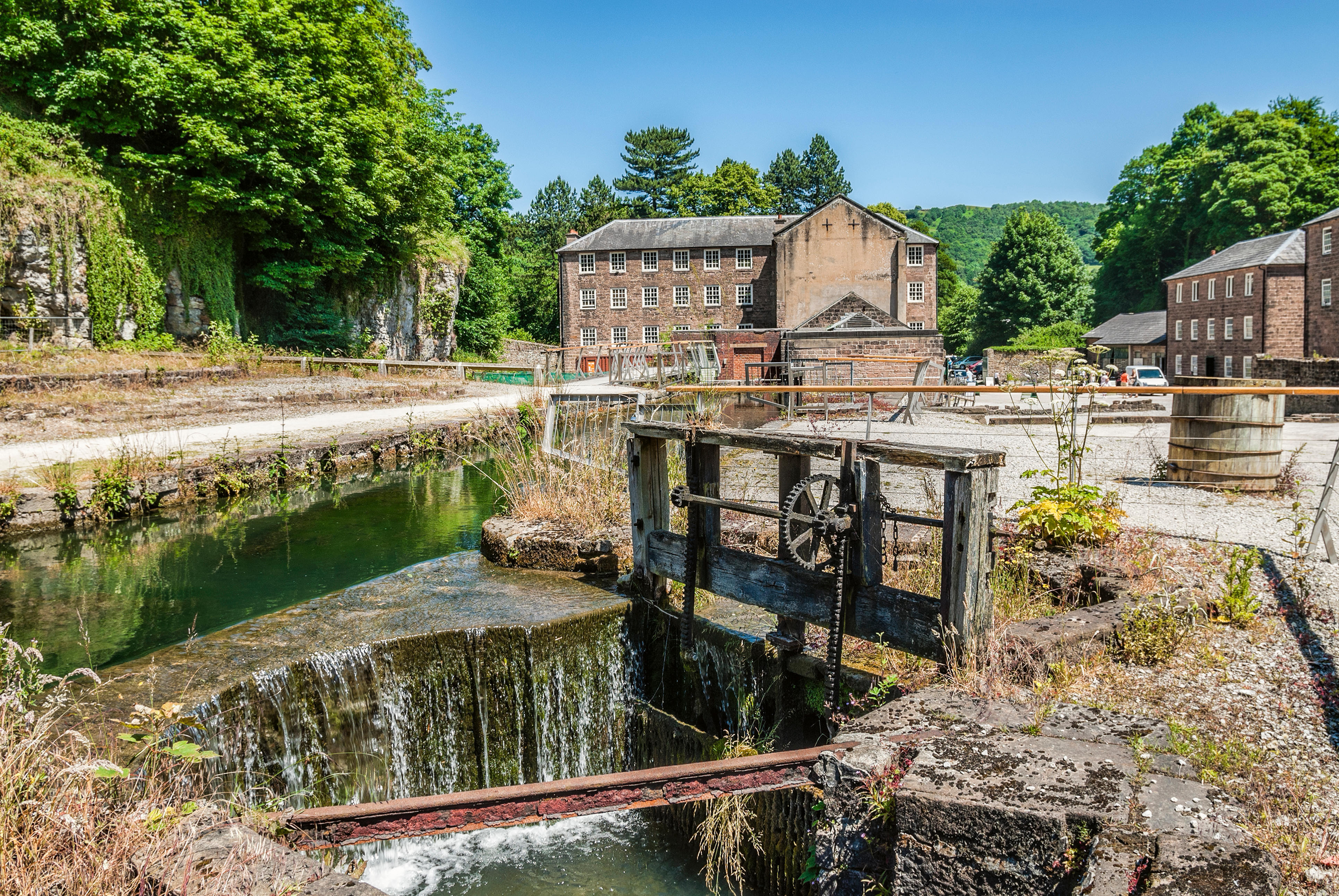
Walking Derby and the Derwent Valley, on a morning with 'dappled light on the river reflecting the monumental 18th-century mills'
Fiona Reynolds walks the Derwent Valley Heritage Way in Derbyshire, and is struck by the contrast between Man and Nature.
Fiona Reynolds is chair of the Food, Farming and Countryside Commission, the former director-general of the National Trust, former Master of Emmanuel College, Cambridge, and the author of The Fight for Beauty. Follow her on Twitter @fionacreynolds.
